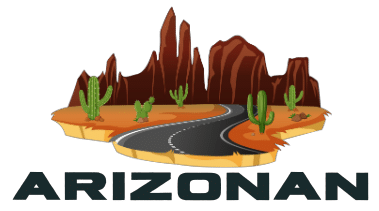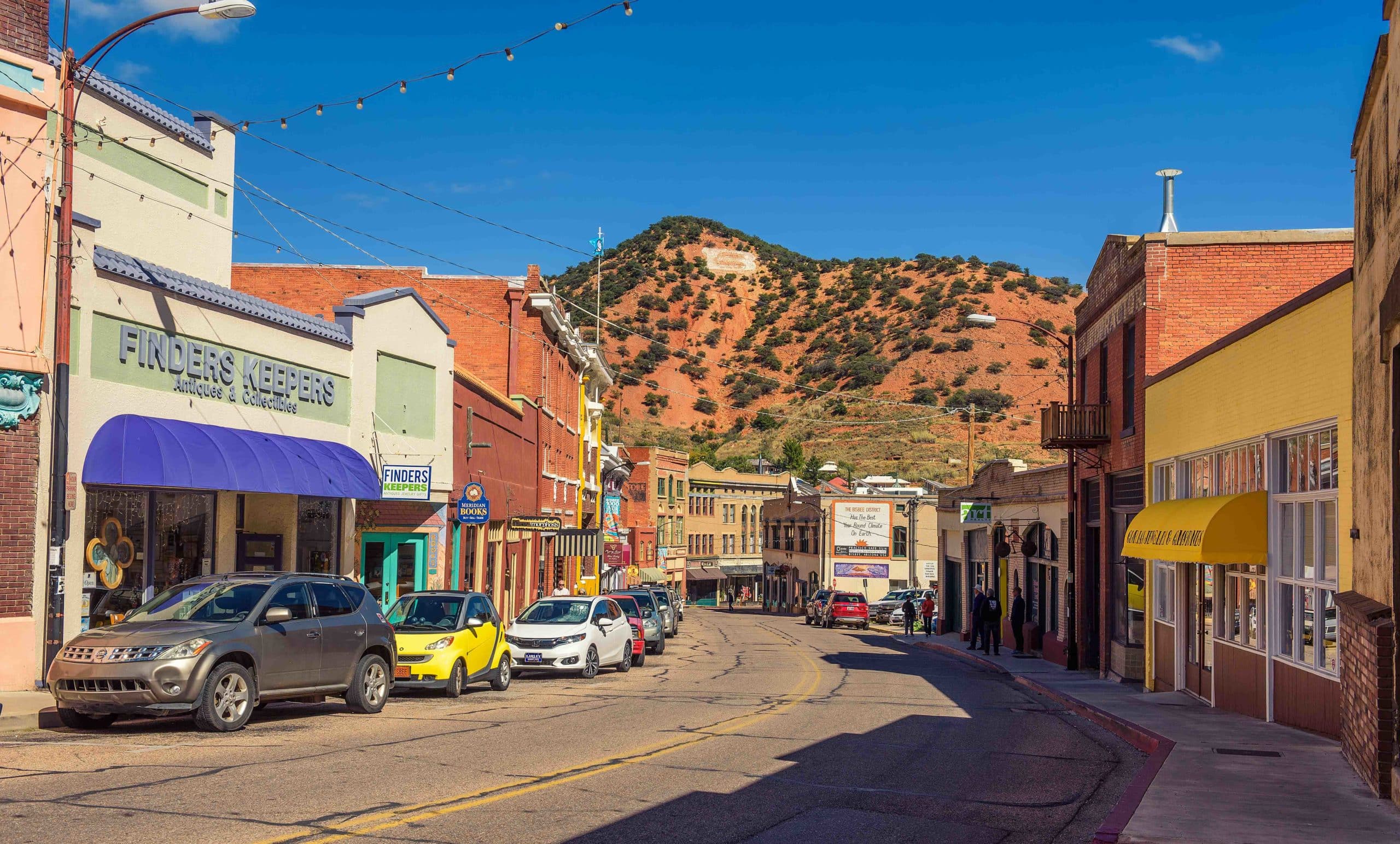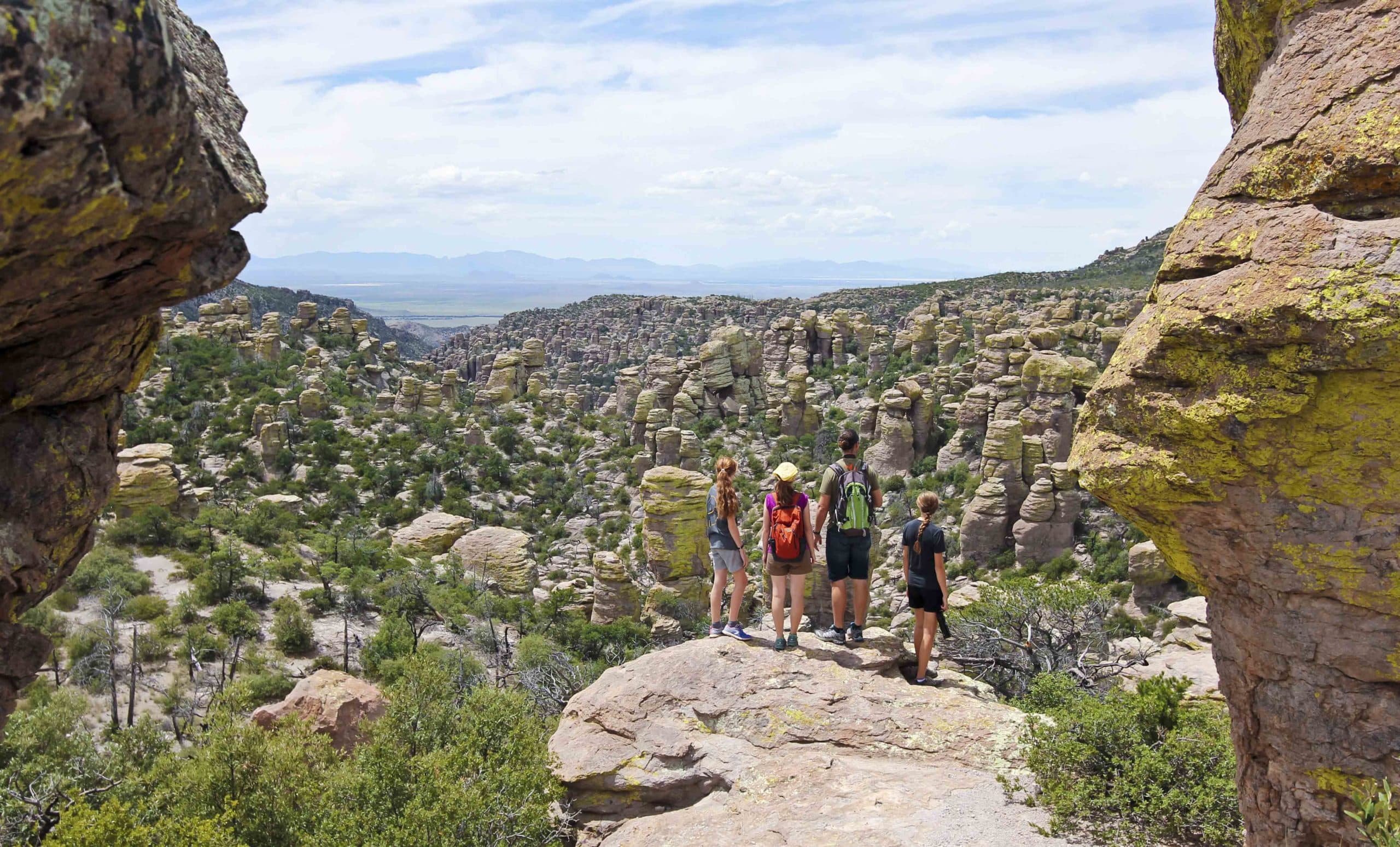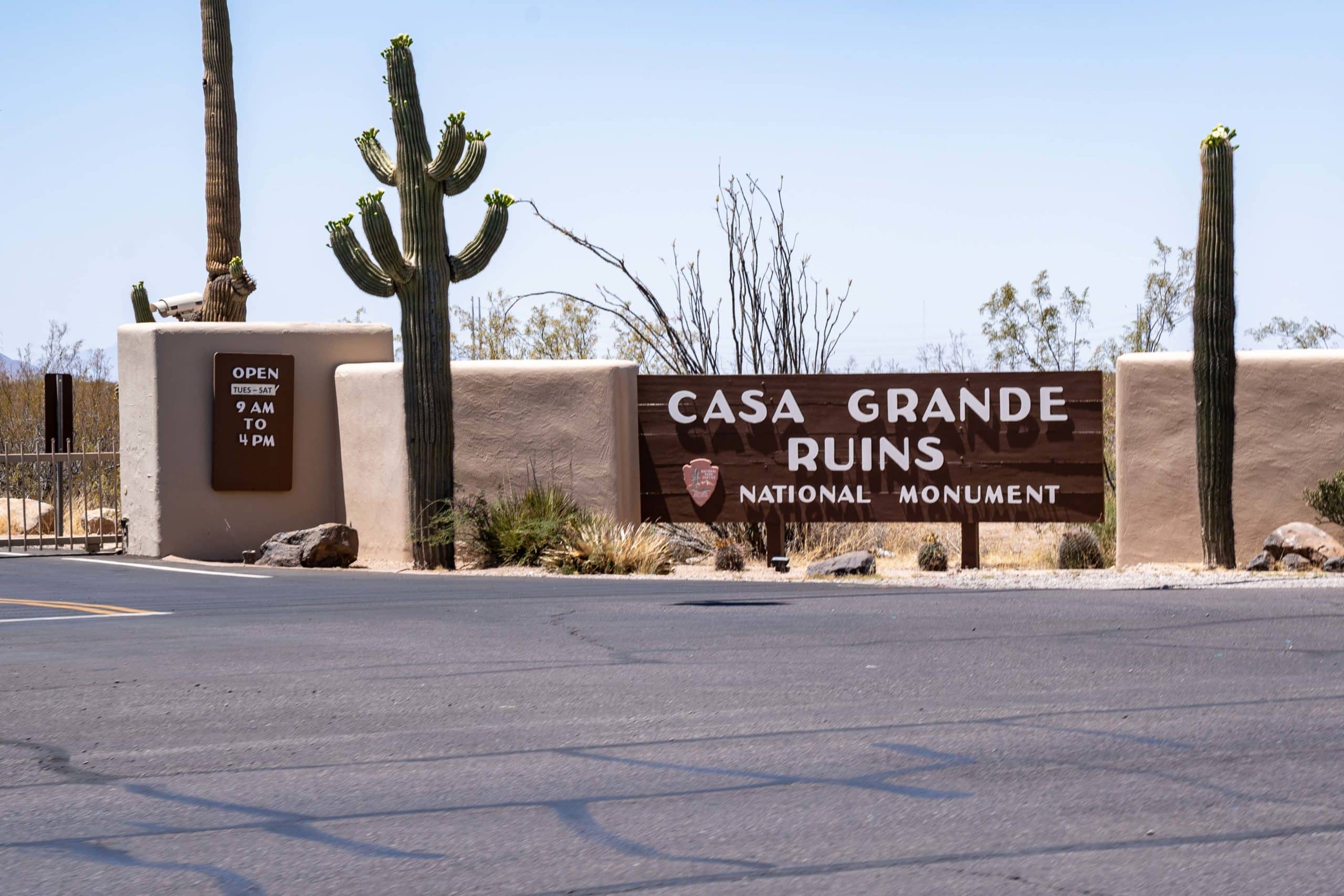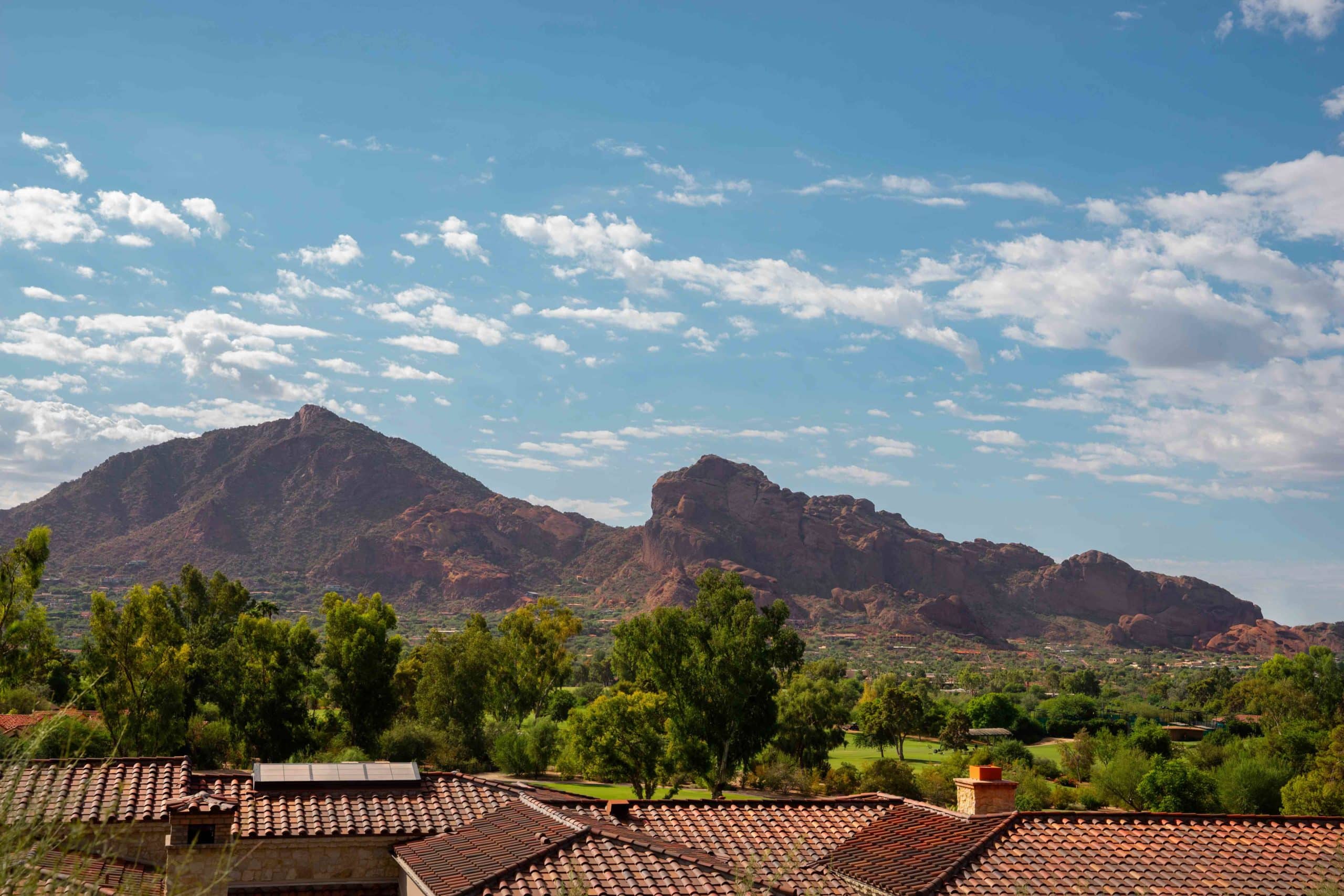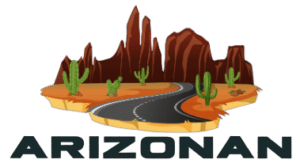Fort Mojave Indian Reservation is in Arizona
Thank you for reading this post, don't forget to subscribe!(22,820 acres), California (6,297 acres) and Nevada (3,862 acres)
along the Colorado River. The reservation varies from nearly level to
gently sloping mesas. Approximately 25,000 acres are in agricultural
development as irrigated cropland. The area has a hot, arid climate
with a frost-free growing season of 255 days, 99 percent sunshine
and altitudes from 480 to 550 feet. The river winds through
12 miles of reservation and provides for hunting, fishing and boating
activities.
Fort Mojave, whose economy was once totally dependent upon federal
and state programs, is steadily increasing its economic activities
in the areas of agriculture, retail sales and development of
resources. The tribe has master planned the development of the
Nevada portion of the reservation, and initiated development with a
300-room hotel and casino. Additional developments include an
18-hole golf course, and a 150-space R.V. park. The tribe has taken
an aggressive position in development of reservation resources. In
Arizona, the tribe owns and operates a small casino, smoke shop,
and JB’s franchise restaurant. There is also a 200-unit residential
development for non-tribal residents. The tribe recently signed a
long-term lease for the development of a 500-megawatt power
plant. Many new developments are in the planning and development
stage.
The Colorado River routes its course through the center of the reservation
offering area visitors year-round, water-related recreation. Old Fort
Mojave is in the northern part of the reservation. Spirit Mountain
and the Oatman Mines are popular tourist attractions. Camping is
available along the Colorado River. Duck and goose hunting is
allowed with a tribal permit. Fishing permits are also required.
The Black Mountain Range east of the reservation provides for a
variety of recreation opportunities, including off-road vehicle use,
hiking, photography, rock hounding and exploring ghost towns. Big
horn sheep, mule deer, quail and dove attract hunters to the mountains.
Early mines and mining towns are scattered in the desert east
of the reservation. The most famous of these is Oatman where wild
burros still come into town. Lake Havasu State Park and Lake Havasu
National Wildlife Refuge, south of the reservation, provide areas
where one can explore the rugged terrain where birds and small
game flourish.
For those interested in geological phenomena, the area surrounding
the reservation is ideal. Within a 10-mile radius of the city such specimens
as volcanic rock, geodes, jaspers, obsidian, turquoise, and
agate can be uncovered. Hikers will enjoy a trek into the area’s
rocks, Indian ruins and abandoned mines.
